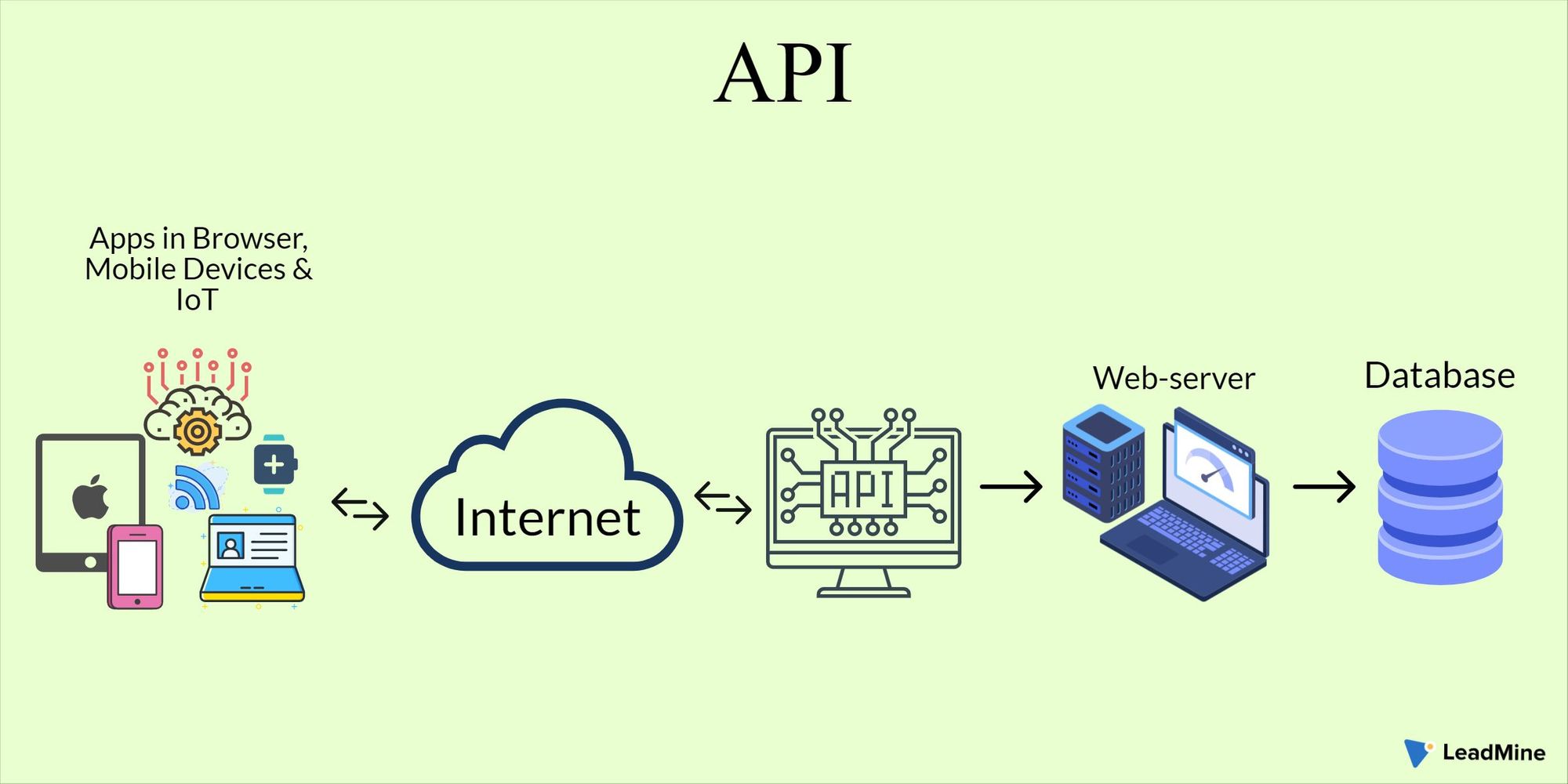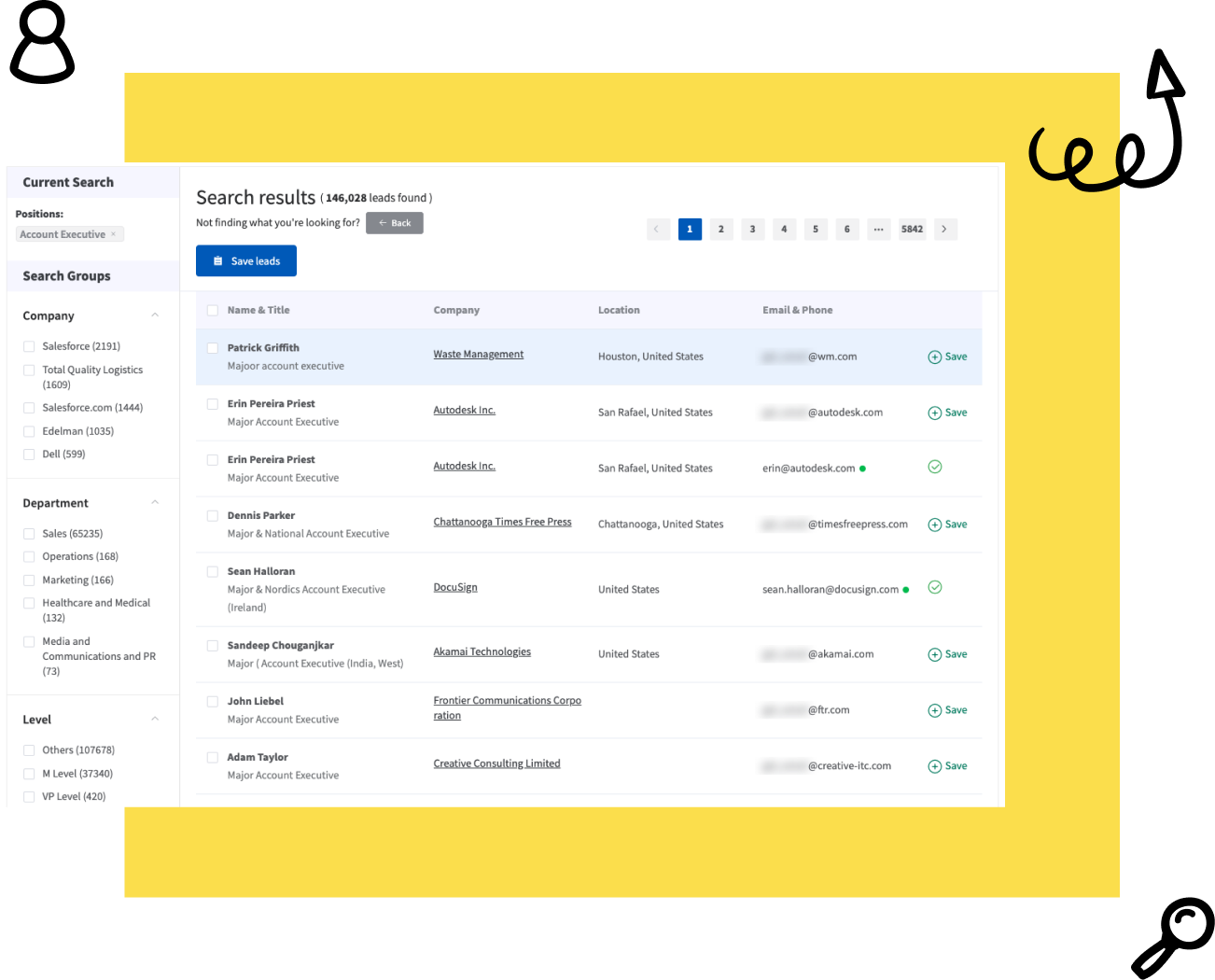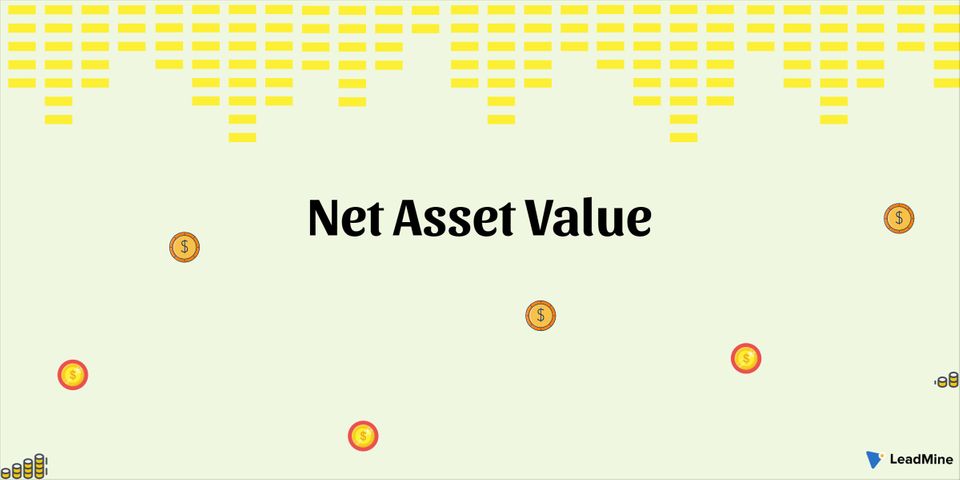Have you ever heard the word “API” and wonder what does mean? If your answer is yes, then this guide will help you to know about API.
We now have the following:
What is API?
Acronym API stands for Application Programming Interface. It is a specification intended to be used as an interface by software components to communicate with each other, including routines, data structure, object classes, and variables.
In simple terms, it is a set of functions and procedures that allow applications to access data and features of other applications, services, and operating systems.
An API specification including International Standard such as POSIX or Microsoft Windows API (vendor documentation), or the libraries of a programming language (Java API or Standard Template Library in C++).
The API isn't the database or the server or even not a web-server, it's the bridge that governs the access point for the server to connect with the database.

Types of API
There are four main types of APIs:
- Public APIs
Also known as Open API, which is publicly available for everyone to utilize and there is no restriction to access these types of API. - Partner APIs
It is custom-designed by enterprises to allow business partners to reserve or buy specific items such as tickets. Need specific licenses to access these types of API. - Private APIs
Also known as Internal APIs, used only for internal purposes, which means less known and often meant to be used inside the company. Many companies use this type of API for internal purposes among teams to improve their products and services. - Composite APIs
This API contains different data and service APIs. It is used to improve the speed of the execution process and performance of the listeners in the web interfaces.
Language Used
An API can be language-dependent and also language-independent.
Language Dependent 👪
Only available by using the particular language syntax and elements. It is convenient to use.
Language-Independent 🕺
It is already written so that it can be called from several programming languages. It is a desirable feature that is not connected to a specific process or system and may be provided as remote procedure calls or web services.
The API is used in many forms such as a complete interface, a single function, or even a set of APIs provided by an organization. Thus, the scope of API determined by the context of usage.
API Documentation
Many environments provide the documentation associated with an API in some digital format.
Perl comes with the tool perldoc:
$ perldoc -f sqrt
sqrt EXPR
sqrt #Return the square root of EXPR. If EXPR is omitted,
returns #square root of $_. Only works on non-negative
operands, unless #you've loaded the standard Math::Complex module.
Python comes with the tool pydoc:
$ pydoc math.sqrt
Help on built-in function sqrt in math:
math.sqrt = sqrt(...)
sqrt(x)
Return the square root of x.
Ruby comes with the tool ri:
$ ri Math::sqrt
------------------------------------------------------------- Math::sqrt
Math.sqrt(numeric) => float
------------------------------------------------------------------------
Returns the non-negative square root of _numeric_.
Java comes with the documentation in HTML pages (JavaDoc format) and Microsoft comes with the API documentation in Visual C++, C#, Visual Basic, F#, etc. embedded in Visual Studio’s help system.
Release Policies
Two options for releasing API:
- Protecting information on the APIs. For example, Sony's official PlayStation 2 API available only to licensed PlayStation developers.
- Making APIs freely available as public. For example, Microsoft makes the Microsoft Windows API available to everyone.
API Examples
- ASPI for SCSI device interfacing
- Carbon and Cocoa for the Macintosh
- OpenAL cross-platform sound API
- OpenCL cross-platform API for general-purpose computing
- EHLLAPI Application programming interface 6
- DirectX for Microsoft Windows
- OpenGL cross-platform graphics API
- OpenMP API that supports multi-platform and Fortran including Unix and Microsoft Windows platforms.
- Simple DirectMedia Layer (SDL)
Conclusion
It is important to remember key points that APIs are prevailing tools to speed-up your business. It provides key insights into real-time possibilities for analytics delivery on the spot. Finally, it gives the developer the ability to make API calls or request to get information.
LeadMine : Find Your Next Customer without Wasting Time
LeadMine is a lead generation platform used by all types of businesses. From over 200 million contacts, you may identify your target b2b leads as well as their email addresses.

LeadMine is an extremely simple and handy application that can improve your marketing and sales processes. Its user-friendly interface, strong algorithms, real-time data, and email verification features save time that can be better spent on other tasks. The rich API solution can also check hundreds of email addresses in less than a minute. The powerful yet easy solution might be your ideal marketing and sales partner, helping your business grow.





